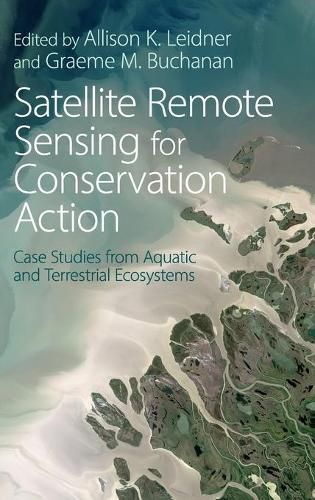Readings Newsletter
Become a Readings Member to make your shopping experience even easier.
Sign in or sign up for free!
You’re not far away from qualifying for FREE standard shipping within Australia
You’ve qualified for FREE standard shipping within Australia
The cart is loading…






Satellite remote sensing presents an amazing opportunity to inform biodiversity conservation by inexpensively gathering repeated monitoring information for vast areas of the Earth. However, these observations first need processing and interpretation if they are to inform conservation action. Through a series of case studies, this book presents detailed examples of the application of satellite remote sensing, covering both aquatic and terrestrial ecosystems, to conservation. The authors describe how collaboration between the remote sensing and conservation communities makes satellite data functional for operational conservation, and provide concrete examples of the lessons learned in addition to the scientific details. The editors, one at NASA and the other at a conservation NGO, have brought together leading researchers in conservation remote sensing to share their experiences from project development through to application, and emphasise the human side of these projects.
$9.00 standard shipping within Australia
FREE standard shipping within Australia for orders over $100.00
Express & International shipping calculated at checkout
Satellite remote sensing presents an amazing opportunity to inform biodiversity conservation by inexpensively gathering repeated monitoring information for vast areas of the Earth. However, these observations first need processing and interpretation if they are to inform conservation action. Through a series of case studies, this book presents detailed examples of the application of satellite remote sensing, covering both aquatic and terrestrial ecosystems, to conservation. The authors describe how collaboration between the remote sensing and conservation communities makes satellite data functional for operational conservation, and provide concrete examples of the lessons learned in addition to the scientific details. The editors, one at NASA and the other at a conservation NGO, have brought together leading researchers in conservation remote sensing to share their experiences from project development through to application, and emphasise the human side of these projects.